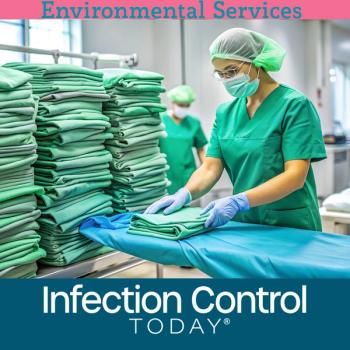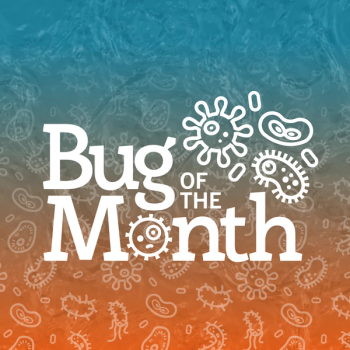
Counties in Southern U.S. States Face Highest Risk of Zika Infections
Researchers have examined where and how transmission of Zika virus is most likely to occur in the contiguous United States. They evaluated two types of transmission risk: sexually and via Aedes aegypti mosquito bites. They looked at predictors of sexually transmitted infections as a surrogate for unprotected sexual activity, and analyzed the demographic distribution of the A. aegypti mosquito across 3,108 counties in the U.S.
Results found 507 counties that had the highest risk of virus exposure via mosquito bites or unprotected sexual activity. The counties were concentrated in southern states extending northward along the Atlantic coast and southern California, with the highest predicted risk in Mississippi counties.
“Identifying areas with higher transmission risk can inform prevention strategies and vector control, and assist in planning for diagnosis and treatment,” the authors explained.
The paper, “Potential High-Risk Areas for Zika Virus Transmission in the Contiguous United States,” appears in the
Source: American Public Health Association
Newsletter
Stay prepared and protected with Infection Control Today's newsletter, delivering essential updates, best practices, and expert insights for infection preventionists.





